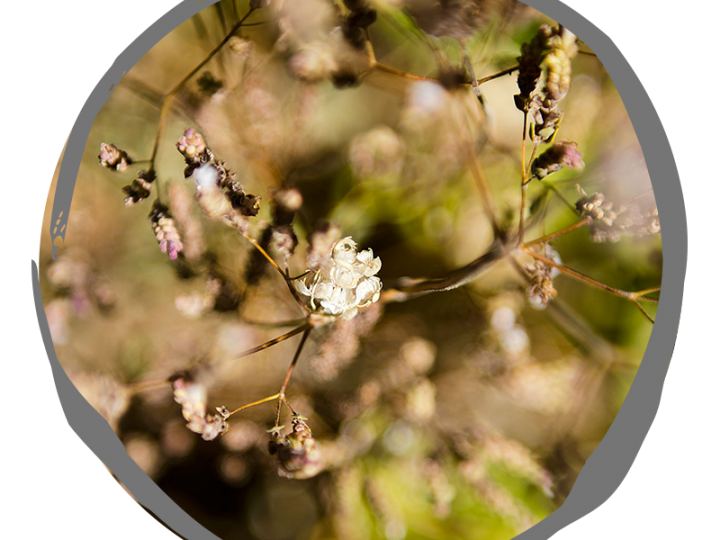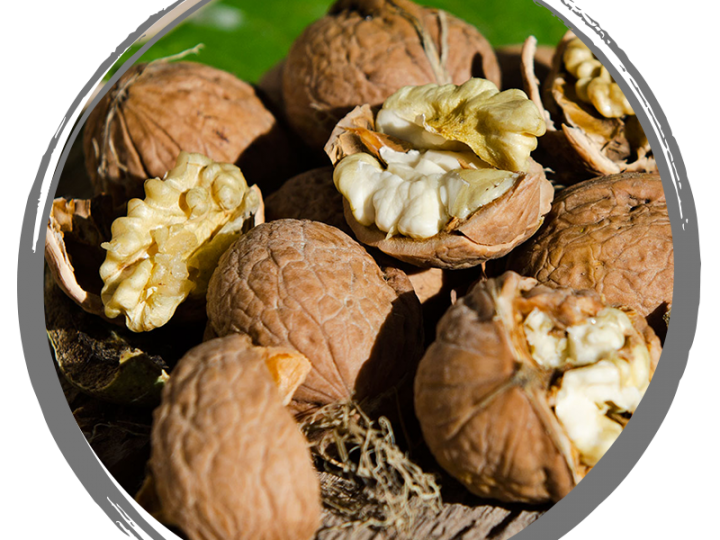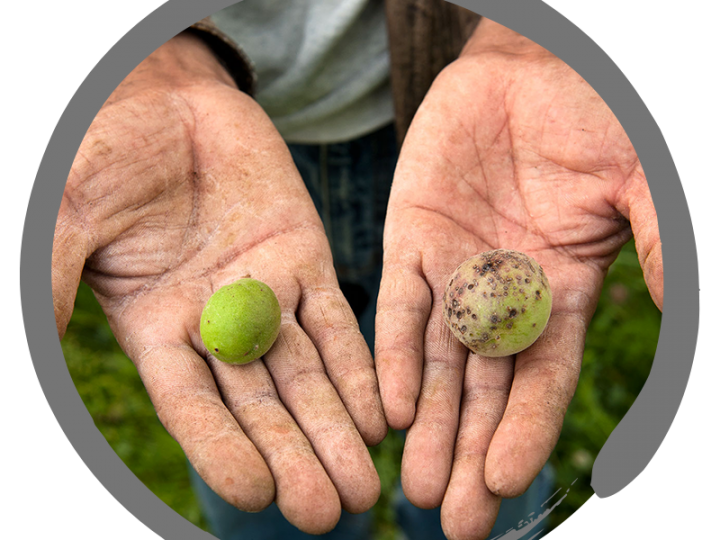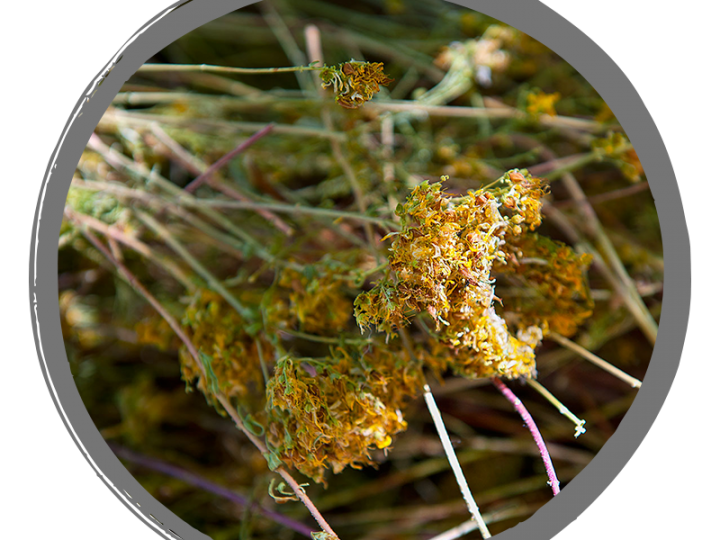Mulberry healing features
Morus alba
Mulberry is a 20 meter height tree. It has being grown in Tajikistan since ancient times. The following varieties of mulberry are known especially: tuti bedona, balhki, muzaffari, marvoridak, mavizak, safedak, revchi, rakhshak, maskagi, siyohtut, etc. Mulberry tree is dry resistant and in less need to highly fertile soil.
The lifespan of mulberry tree ranges from 200 to 300 years. The mulberry tree is in blossom in May-June, its fruits ripen in June- July. Mulberry tree fruits are served both in fresh and dried forms. Jams are cooked from fresh mulberry and tutpuz (variety of halvah) and pounded dried mulberry are prepared. Mulberry plays a crucial role in the life of Tajik people. It has been broadly used from ancient times up to present days and considered as one of the dearest food products. Mulberry healing features in Tajikistan is well known from ancient times. It was used by Jolinus, Avicenna and others for treating various diseases. Avicenna described the temper of sweet mulberry as hot and wet. According to Muhammad Husein, author of book “Makhzan-ul-adviya”, sweet mulberry generates virtuous blood, unblocks obstacles, and corrects the function of kidney and splenitis.
According to traditional healers, mulberry eliminates cardiac disease and normalizes blood disturbance. They use mulberry at the moment of severe and old hepatitis, cholecystitis, malaria, gastric and intestine diseases, anemia, blood disturbance, pancreatitis, and many other diseases as a dietary and remedy.




